Unleash Productivity: High-Speed DTF Printers for Efficient Results
DTF printers (Direct to Fabric) revolutionize fabric design by directly applying ink to fabrics, off…….
In the ever-evolving world of printing technology, Direct-to-Fabric (DTF) printers are emerging as a game-changer, revolutionizing the way we create and personalize textile designs. This innovative technology offers an efficient, versatile, and cost-effective solution for businesses and individuals looking to print on various fabric types. In this comprehensive article, we will take an in-depth journey through the world of DTF printers, exploring their mechanics, global impact, economic implications, technological advancements, regulatory landscape, challenges, real-world applications, and future potential. By the end, readers will gain a thorough understanding of why DTF printers are not just a passing trend but a crucial addition to the printing industry’s arsenal.
Definition: A DTF printer is a digital printing device designed specifically for applying graphics and text directly onto fabric materials, such as t-shirts, hoodies, flags, and more. It utilizes advanced inkjet technology to produce high-resolution prints on various fabrics, offering unparalleled design flexibility and customization.
Core Components:
Print Head Assembly: The print head is the heart of the DTF printer, containing thousands of nozzles that eject ultra-fine droplets of pigmented ink onto the fabric surface. Modern print heads can achieve resolutions up to 4800 x 1200 dpi, ensuring crisp and detailed prints.
Ink System: DTF printers use specialized inks formulated for optimal adhesion to different fabric types. These inks are typically water-based or solvent-based, offering quick drying times and vibrant color reproduction. The ink system includes cartridges or tanks that supply ink to the print head.
Heating Element (optional): Some advanced DTF printers incorporate heating elements to set the ink after printing, ensuring long-lasting durability and washability of the printed designs on fabrics.
Fabric Feeding System: This mechanism feeds the fabric into the printer, controlling tension and ensuring smooth placement for printing. It allows users to print on various roll or cut fabrics.
Historical Context: The concept of direct-to-fabric printing dates back several decades, but it has evolved significantly with advancements in inkjet technology and digital printing. Early attempts at fabric printing struggled with ink adhesion and colorfastness. However, breakthroughs in ink formulations and print head technologies have led to the efficient, high-quality DTF printers we see today.
Significance: DTF printers offer a cost-effective alternative to traditional screen printing for small to medium-sized businesses, startups, and even hobbyists. They enable rapid design iteration, on-demand printing, and customized products, catering to the growing demand for personalized and unique textile items.
DTF printers have made a significant global impact, disrupting traditional printing methods and empowering businesses and individuals worldwide. Here’s an overview:
| Region | Impact and Trends |
|---|---|
| North America | The US and Canada are early adopters of DTF technology, with rapid growth in the custom apparel sector. Major sports teams and fashion brands are leveraging DTF for quick turnaround time and personalized merchandise. |
| Europe | European markets, particularly Germany and the UK, showcase a thriving ecosystem of DTF printer manufacturers and service providers. The region’s focus on sustainable textiles aligns well with DTF’s ability to print on demand, reducing waste. |
| Asia Pacific | China and India are major manufacturing hubs for DTF printers, offering competitive pricing. Countries like Japan and South Korea drive innovation in high-speed printing and advanced ink technologies. |
| Latin America | The region witnesses growing adoption, especially in Mexico, where local entrepreneurs tap into the custom apparel market. DTF’s accessibility and cost-effectiveness cater to small businesses. |
| Middle East & Africa | DTF printers are gaining traction in these regions for event merchandising, promotional products, and traditional textile printing. Local manufacturers are emerging to meet regional demand. |
The global DTF printer market is experiencing significant growth, driven by several economic factors:
On-Demand Printing Revolution: DTF printers enable businesses to print small batches or single items efficiently, reducing overhead costs associated with traditional printing methods. This on-demand model aligns perfectly with modern consumer behavior and e-commerce trends.
Custom Apparel and Merchandise: The custom apparel market is booming, fueled by consumer demand for unique, personalized items. DTF printers excel in producing custom designs quickly and cost-effectively, making them a preferred choice for fashion brands, sports teams, and event organizers.
Textile Industry Disruption: Traditional screen printing has long dominated the textile industry, but DTF offers a more flexible, accessible, and efficient alternative. This disruption is reshaping the industry, creating new business models and revenue streams.
Market Size and Growth: According to a 2022 report by Grand View Research, the global DTF printer market size was valued at USD 1.5 billion in 2021 and is expected to grow at a CAGR of 13.5% from 2022 to 2030. This indicates substantial growth potential for manufacturers and service providers alike.
The DTF printer industry has witnessed several technological breakthroughs, pushing the boundaries of what’s possible in direct-to-fabric printing. Key advancements include:
High-Resolution Print Heads: Modern DTF printers employ advanced print heads with resolutions up to 4800 x 1200 dpi, ensuring incredibly detailed and fine line prints, ideal for intricate designs and small text.
Ultra-Fast Printing Speeds: Recent innovations have led to printing speeds of up to 300 square feet per hour, enabling faster production times without compromising quality.
Expanded Ink Formulations: New ink technologies offer improved adhesion, colorfastness, and washability, ensuring printed designs withstand rigorous use and laundering.
Integrated Design Software: DTF printer manufacturers are developing user-friendly software that allows designers to create, edit, and preview prints directly on their computers before sending them to the printer.
Wireless Connectivity: Many modern DTF printers come equipped with Wi-Fi or Bluetooth connectivity, enabling seamless wireless printing from various devices.
The DTF printer industry operates within a regulatory framework that varies across regions, ensuring product safety, environmental protection, and intellectual property rights. Here are some key considerations:
Safety Standards: DTF printers must adhere to safety regulations for electrical equipment, especially in areas with strict labor laws. Manufacturers often conduct thorough risk assessments and provide comprehensive user manuals.
Environmental Compliance: Many countries have stringent guidelines regarding the disposal of printing inks and waste materials. Eco-friendly ink formulations and responsible recycling programs are gaining traction.
Intellectual Property Rights: DTF printers and their software are subject to patent and copyright laws. Manufacturers must ensure they respect third-party intellectual property, while also protecting their own innovations.
Export Controls: International trade regulations may apply when exporting DTF printers, especially those containing advanced technologies or dual-use components.
Despite its numerous advantages, the DTF printer industry faces several challenges and criticisms that require thoughtful strategies for resolution.
Initial Investment Cost: One of the primary barriers for small businesses is the high upfront cost of purchasing a DTF printer. However, long-term operational savings can offset this initial investment. Leasing options and affordable entry-level models are addressing this concern.
Ink Adhesion on Specific Fabrics: While DTF printers have improved in fabric compatibility, certain textured or specialized fabrics may still present challenges for ink adhesion. Continuous research and development are needed to expand the range of compatible materials.
Environmental Concerns: The environmental impact of printing inks and waste is a valid concern. Manufacturers must invest in sustainable practices, and consumers can contribute by choosing eco-friendly inks and responsible recycling programs.
Competition from Established Industries: Traditional printing methods, such as screen printing, still dominate some sectors. DTF printer manufacturers need to educate businesses about the benefits of DTF for specific applications and cater to unique industry needs.
Company: Threaded Expressions (US)
Threaded Expressions, a small custom apparel startup, adopted DTF printing technology to meet the growing demand for personalized clothing items. They invested in a high-speed DTF printer and sourced eco-friendly inks. By offering fast turnaround times and unique designs, they quickly gained traction among young adults seeking customizable merchandise. Threaded Expressions’ success lies in their ability to provide on-trend, individual styles at competitive prices, capturing a significant market share in the custom apparel sector.
Organization: EcoPrint Textiles (Europe)
EcoPrint Textiles, a European cooperative, embarked on a mission to revolutionize sustainable textile printing. They developed a DTF printer with advanced water-based inks, designed to minimize environmental impact. The cooperative partnered with local fabric manufacturers and designers to create an entire eco-friendly clothing line, from printing to production. This collaborative effort resulted in a successful launch, attracting environmentally conscious consumers willing to pay a premium for sustainable products.
Business: SprintPrint (Asia Pacific)
SprintPrint, a regional on-demand print service provider, utilized DTF printers to disrupt the local textile industry. They offered an online platform where designers could upload their designs, and customers could order custom printed fabric rolls or cut pieces. SprintPrint’s efficient printing process and quick turnaround time attracted businesses ranging from fashion designers to event organizers. This model showcases the potential of DTF for democratizing access to print-on-demand services.
The future of DTF printers is brimming with growth opportunities and technological advancements, shaping the landscape in several ways:
Advanced Material Compatibility: Researchers are exploring ways to improve ink adhesion on a broader range of fabrics, including technical textiles and non-woven materials. This will expand the versatility of DTF printing across various industries.
AI and Design Automation: Artificial Intelligence can play a pivotal role in design automation, allowing users to create complex prints with ease. AI-powered software could suggest design improvements, automate color corrections, and enhance overall productivity.
Miniaturization and Portable Printers: The race for smaller, more compact printers will continue, leading to portable DTF printing solutions. These devices could empower individuals and small businesses to print on demand, anywhere, and at any time.
Integration with Blockchain: Blockchain technology can ensure secure and transparent supply chains, from ink production to fabric manufacturing. It can also facilitate smart contracts for direct-to-consumer sales, enhancing trust and efficiency in the printing ecosystem.
DTF printers have emerged as a transformative force in the printing industry, offering unparalleled flexibility, speed, and cost-effectiveness for direct-to-fabric printing applications. From small businesses to large enterprises, this technology is empowering creativity and innovation across sectors. As we look ahead, DTF printers will play a pivotal role in shaping the future of textiles, fashion, and on-demand printing services.
By addressing challenges, embracing technological advancements, and navigating regulatory frameworks, the DTF printer industry is poised for continued growth and success. The real-world case studies presented here highlight the diverse applications and impact of this technology, serving as a testament to its versatility and potential. As the world embraces digital transformation, DTF printers stand as a beacon of innovation, bridging the gap between design vision and physical realization.
Q: What types of fabrics can be printed using a DTF printer?
A: DTF printers are versatile and can print on various fabric types, including cotton, polyester, linen, rayon, and even some synthetic blends. The choice of ink and proper preparation of the fabric surface are crucial for achieving optimal adhesion and print quality.
Q: Are DTF prints as durable as traditional screen printed designs?
A: Modern DTF inks offer excellent durability, especially when heat-set. Proper care and washing instructions should be provided to ensure the longevity of the printed designs on fabrics. Testing is recommended for high-wear items to guarantee the print’s resistance to fading and peeling.
Q: How does DTF printing compare to traditional screen printing?
A: DTF printing offers several advantages over screen printing, including faster setup times, no minimum order quantities, and more flexible design options. It is particularly beneficial for smaller runs or on-demand printing. Screen printing, however, may still be preferred for very large orders due to its lower cost per unit for certain applications.
Q: Can DTF printers print on curved surfaces?
A: While DTF printers are primarily designed for flatbed printing, some advanced models incorporate flexible printing mechanisms or rotary printing technologies to accommodate curved surfaces. These features enable the printing of designs on items like mugs, phone cases, and even balloons.
Q: What is the typical maintenance required for a DTF printer?
A: Regular cleaning and calibration are essential for maintaining optimal print quality. This includes cleaning the print head, ensuring proper ink levels, and periodic hardware checks. Most manufacturers provide detailed maintenance guides to ensure printers remain in top working condition.
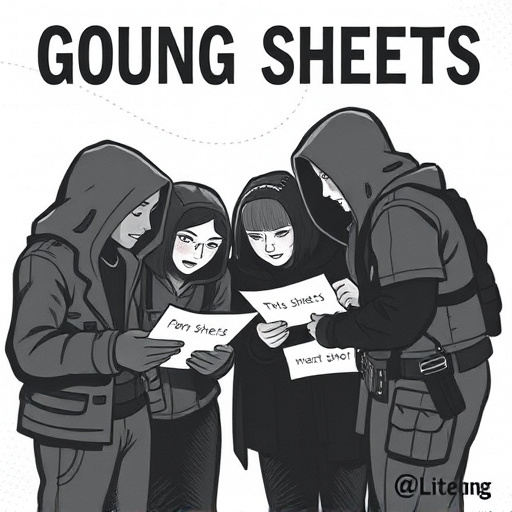
DTF printers (Direct to Fabric) revolutionize fabric design by directly applying ink to fabrics, off…….
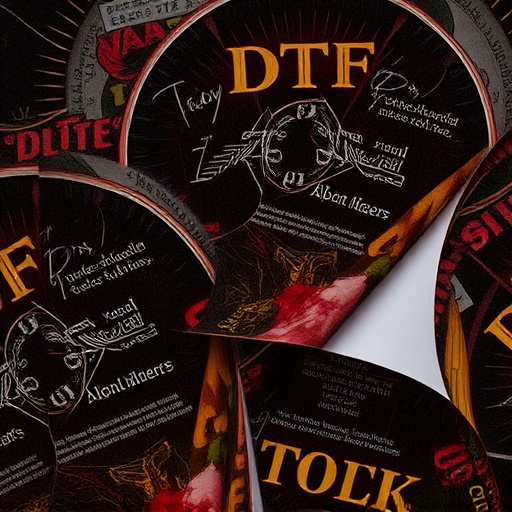
DTF (Direct to Fabric) printing tech has revolutionized custom apparel, allowing direct pigment appl…….
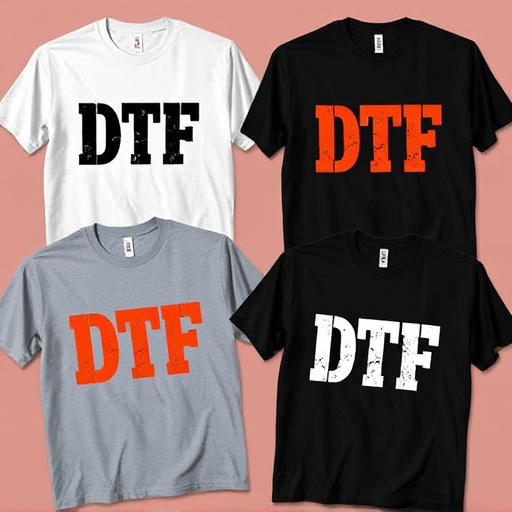
Direct-To-Fabric (DTF) Printing is a cutting-edge garment decoration technique that avoids tradition…….
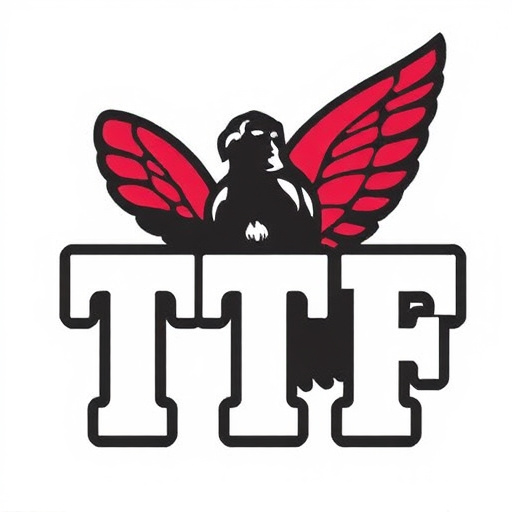
A DTF (Direct-to-Fabric) printer is a specialized machine for precise and efficient fabric printing,…….

A Direct-to-Film (DTF) printer is a cutting-edge technology revolutionizing custom printing, especia…….

DTF (Direct-To-Fabric) printers are revolutionizing the apparel industry by enabling SMEs to produce…….
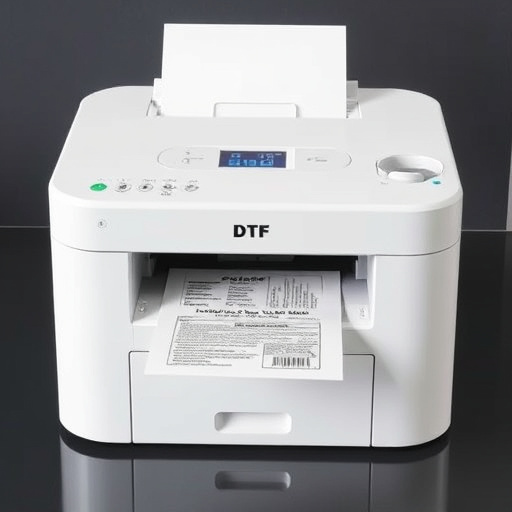
Direct-To-Film (DTF) printing is revolutionizing the apparel industry by enabling high-quality, pers…….

DTF (Direct-to-Fabric) printers revolutionize customization in apparel and various industries by ena…….
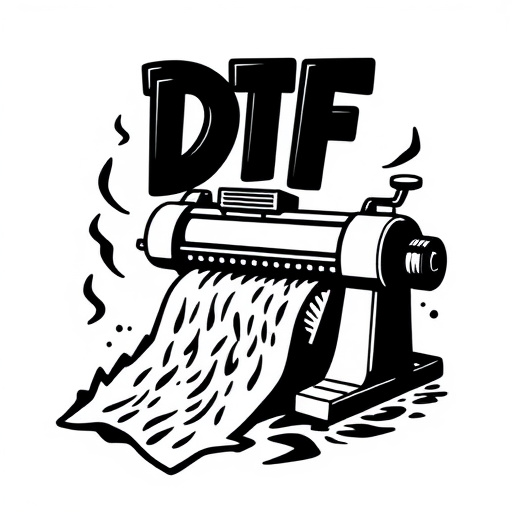
Direct to fabric (DTF) printing is revolutionizing the apparel industry by enabling the production o…….
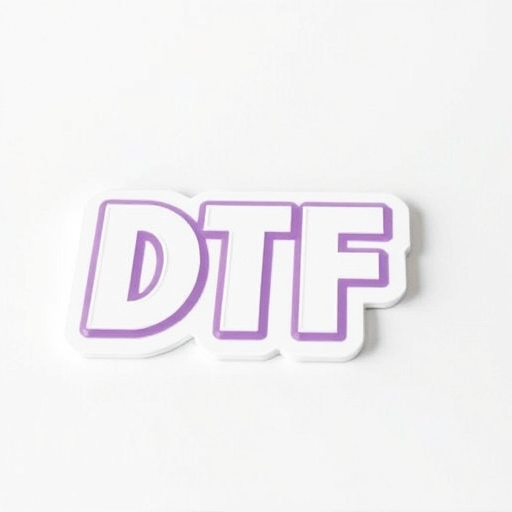
The Direct to Film (DTF) printer has revolutionized custom t-shirt printing by simplifying pre-treat…….